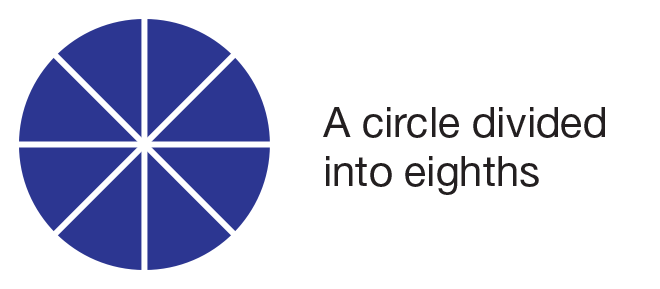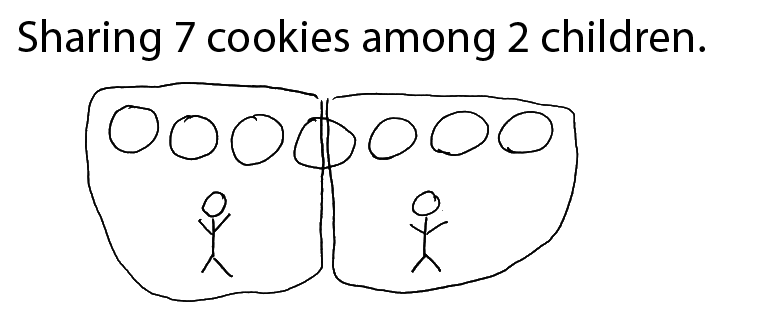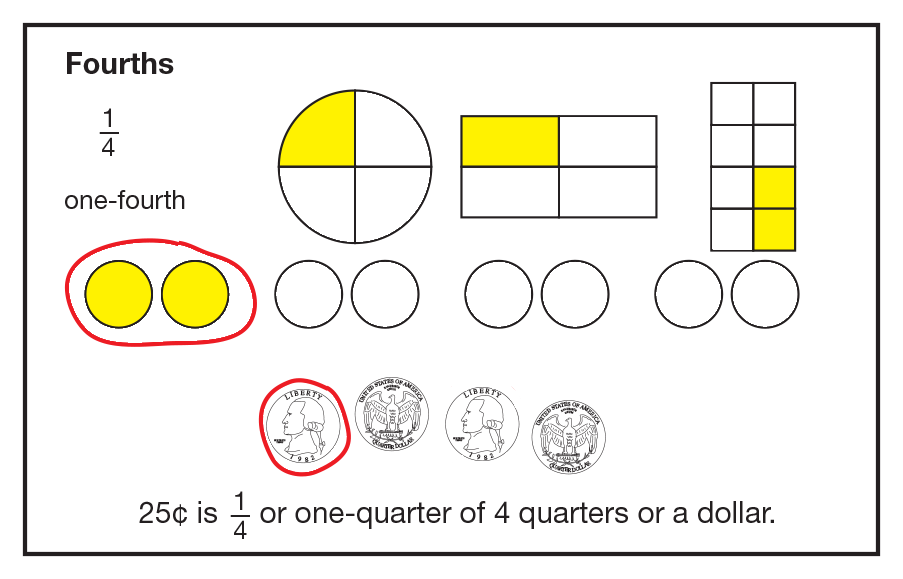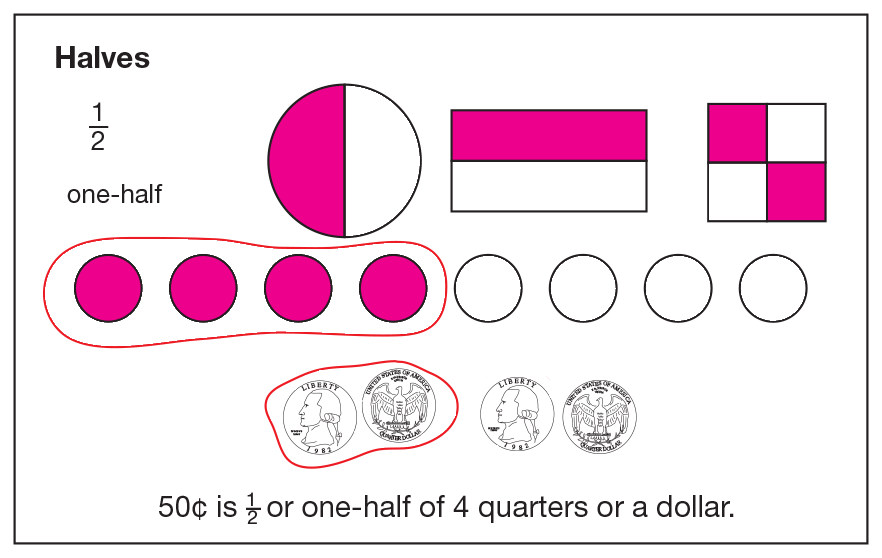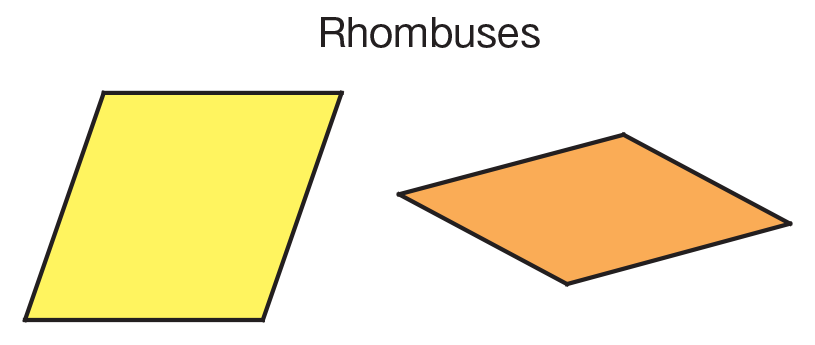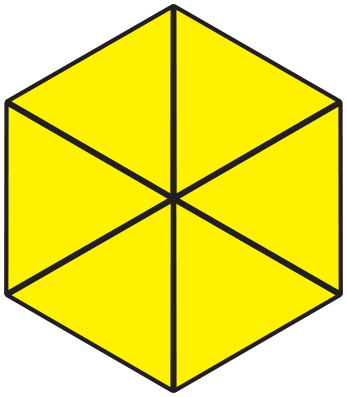Students use pattern blocks to partition shapes into halves, thirds, fourths, sixths, and eighths. They explore the concept of a unit whole and identify the fractional part when given the whole. Students learn that the same fractional parts of different-size wholes are not equal.
Content in this Lesson
- Using pattern blocks to partition shapes into equal shares (e.g., halves, thirds, fourths, sixths, eighths) [E2].
- Using words and models to describe equal shares (e.g., half, half of) [E4].
- Recognizing that the same fractional parts of different-size unit wholes are not equal [E7].
- Finding a strategy [MPE2].
- Checking for reasonableness [MPE3].
- Communicating solution strategies [MPE5].
Daily Practice and Problems E–H
Assessment in this Lesson
| Assessment | Expectation Assessed | Math Practices Expectation Assessed |
|---|---|---|
|
Show Part of the Whole Check-In: Questions 1–3 with Feedback Box Student Activity Book Pages 647–648, 651 |
|
|
|
Mrs. Murphy's Party Cake Student Activity Book Page 653 |
|
|
|
DPP Item G How Many More Teacher Guide - digital |
|
|
|
DPP Item H Becky's Strategy Teacher Guide - digital |
|
















